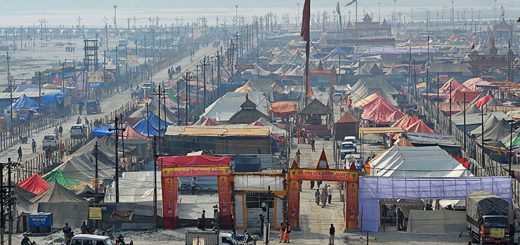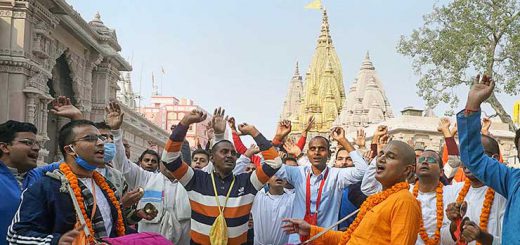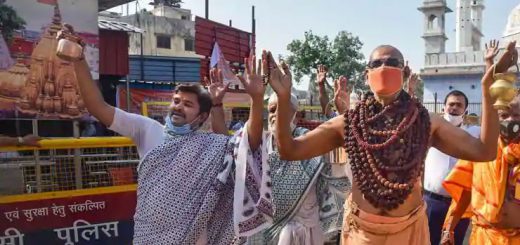Bodhagaya a city where Buddha Got Enlightened

Bodhgaya is one of the most important pilgrimage sites in Buddhism, located in the state of Bihar, India. It is the place where Siddhartha Gautama, who later became the Buddha, attained enlightenment under the Bodhi tree around the 5th or 6th century BCE. This event is central to the Buddhist tradition, marking the moment when Siddhartha gained insight into the nature of suffering and the path to its cessation, thereby becoming the Buddha.
Key Highlights of Bodhgaya:
- Mahabodhi Temple:
The Mahabodhi Temple is the main shrine at Bodhgaya, built near the spot where the Buddha is said to have meditated and attained enlightenment. The temple, with its massive central tower and intricate carvings, is a UNESCO World Heritage Site. It houses a statue of the Buddha in the posture of enlightenment. - The Bodhi Tree:
The original Bodhi tree, under which the Buddha meditated, was believed to have been a pipal tree (Ficus religiosa). The current tree is a descendant of the original, which was destroyed and replaced several times over the centuries. Pilgrims from all over the world visit the tree, meditating or simply offering prayers. - The Vajrasana (Diamond Throne):
This is the spot where the Buddha is said to have meditated and attained enlightenment. It is marked by a stone platform under the Bodhi tree, symbolizing the seat of enlightenment. Pilgrims often sit here in quiet meditation to feel the spiritual energy of the place. - Monasteries and Temples:
Several countries, particularly those with large Buddhist populations such as Japan, Thailand, Sri Lanka, Myanmar, and Tibet, have built monasteries and temples around Bodhgaya. These structures reflect the diversity of Buddhist traditions and offer a peaceful atmosphere for meditation and reflection. - The Niranjana River:
Close to Bodhgaya, the Niranjana River (also called the Phalgu River) holds significance in the Buddha’s life as it is where Siddhartha, before his enlightenment, practiced severe austerities and later took a dip to cleanse himself. - Pilgrimage and Festivals:
Bodhgaya is a major pilgrimage site, attracting Buddhists from all over the world, especially during major Buddhist festivals such as Buddha Jayanti (the Buddha’s birthday), Vesak, and Magha Puja. Pilgrims often visit the site to meditate and pay homage to the Buddha. - The History of Bodhgaya:
The area has a long history. The original temple at Bodhgaya was likely built in the 3rd century BCE by Emperor Ashoka, who is credited with spreading Buddhism across the Indian subcontinent. The current structure dates back to the Gupta period (around the 5th century CE).
Significance in Buddhism:
- Enlightenment (Bodhi): The word “Bodhgaya” itself comes from “Bodhi,” meaning wisdom or enlightenment. For Buddhists, it is the holiest of places because it is the spot where the Buddha transcended ignorance and attained perfect wisdom (enlightenment), discovering the path to Nirvana.
- Dharma Wheel: Bodhgaya is considered a place where the Buddha first realized the profound truths that would later form the core of his teachings: the Four Noble Truths and the Noble Eightfold Path.
Modern-Day Bodhgaya:
Today, Bodhgaya remains a serene, spiritual destination for people of all backgrounds, offering a deep sense of peace. Besides pilgrims, it also attracts tourists interested in exploring the historical and spiritual heritage of Buddhism.
If you’re ever planning to visit, it’s a place that invites reflection, quietude, and perhaps even a transformative experience. Do you have an interest in Buddhism or Buddhist pilgrimage sites? then please do contact us for Buddhist Pilgrimage tour Package in India



